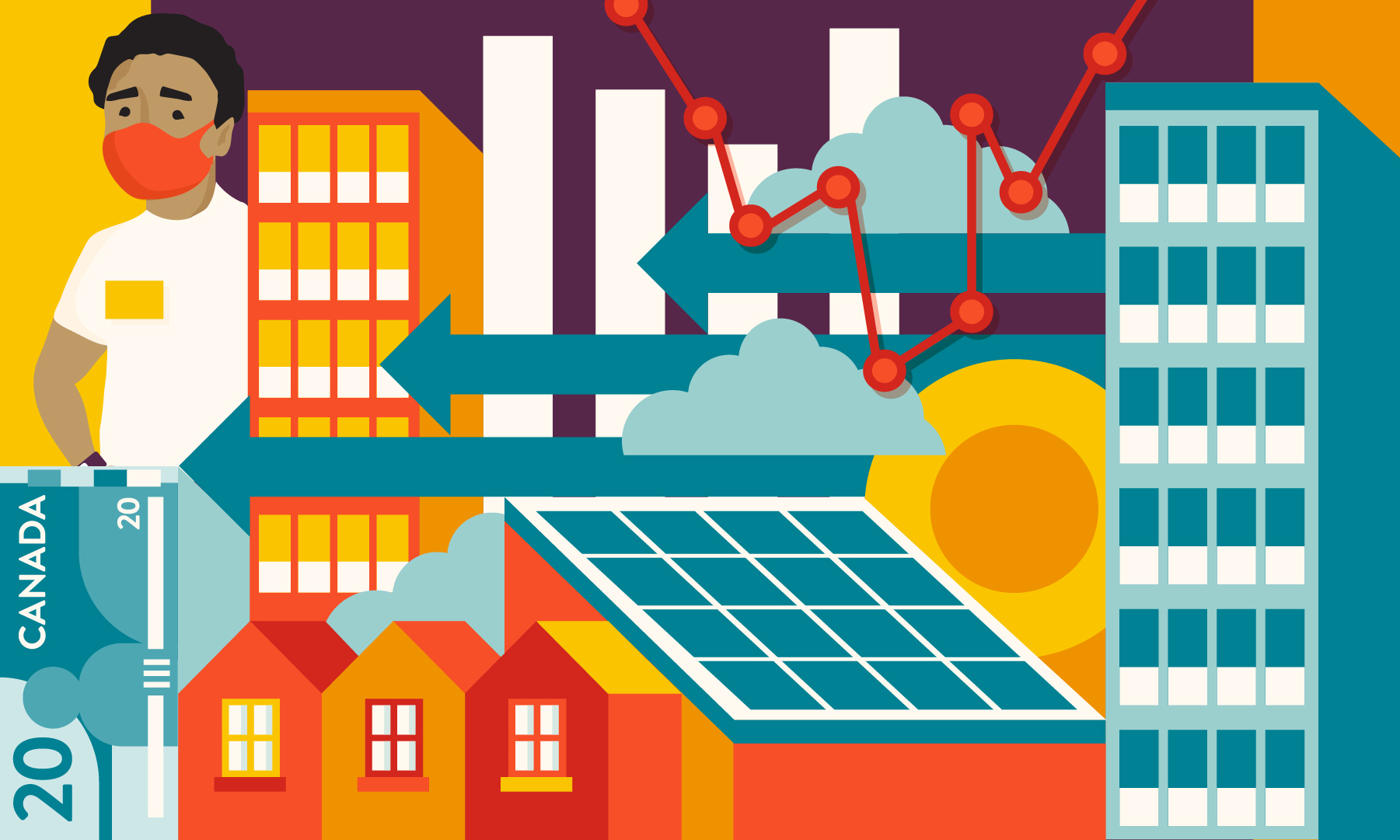Study details alarming rise in economic insecurity among BC seniors; single women at highest risk
CLICK HERE TO VIEW THE FULL REPORT
(Vancouver) Poverty and economic insecurity among BC seniors is growing, according to a study released today by the Canadian Centre for Policy Alternatives. After rapid declines over the 1970s, 80s and 90s, seniors’ poverty rose from a low of 2.2% in 1996 to 12.7% in 2014 (the most recent year data is available)—and many more seniors have incomes just above the poverty line.
The rise is mainly driven by the 28% of seniors who live alone. Single women face a particularly high risk of economic insecurity in old age. A staggering one-third of single senior women live below the poverty line.
The higher risk of poverty for women is driven by gender inequality in the job market, which translates into unequal pension income in old age. The typical senior woman in BC receives 21% less income from the Canada Pension Plan than the typical man. Women are also less likely to have access to private retirement income, including employer-sponsored pensions and RRSPs, and those who do receive 45% less on average than men.
These are among the key findings of Poverty and Inequality Among British Columbia’s Seniors, which takes a close look at BC’s senior population using Statistics Canada data on income and wealth alongside other indicators of economic insecurity.
“We often see stories that pit generations against one another—with seniors described as a homogenous group of well-off retirees,” said lead author Iglika Ivanova, an economist at the CCPA-BC. “Our research shows this isn’t the case. While BC seniors are doing okay on average, looking only at the averages misses the big picture of income and wealth inequality.”
Ivanova points to differences in wealth as an example. While seniors have higher average wealth than working-age families, a closer look reveals that this average is driven up by a wealthy few. The poorest 20% of senior households in Canada had a median wealth of only $15,000 in 2012, while for the top 20% it was over $1.6 million.
The study also reveals blind spots in the way we look at seniors’ economic insecurity. While many access benefits that keep them out of poverty, the large number of single seniors just above the poverty line means they still struggle with low income, especially when facing higher health care expenses due to chronic illness or disability, or when they don’t own their homes and are subject to the whims of BC’s increasingly unaffordable rental market.
Senior households experience core housing need at the same rate as working-age households (15 per cent). But the rate is much higher among those who rent—42 per cent of senior renters experience core housing need, compared to 29 per cent of non-senior renters.
“The story that emerges is not a new one,” said Ivanova. “The defining problem we face isn’t about intergenerational inequality, but rather the growing gap between rich and poor that shows up across generations. And in all age groups, gender, immigration status and ethnicity exacerbate those divides.”
The report recommends a number of solutions, including a poverty reduction plan, increased public investment in home and community care, further expansion of the Canada Pension Plan and addressing the gender-wage gap to make sure today’s working-age women do not face an elevated risk of poverty when they become seniors.
-30-
The full report and complete list of recommendations can be found at: policyalternatives.ca/SeniorsInequality
A photo essay describing the lived experiences of economic insecurity of three senior women living in BC was also published by the CCPA today. It can be found at: policynote.ca/seniors-stories
For media inquiries, contact: [email protected].

